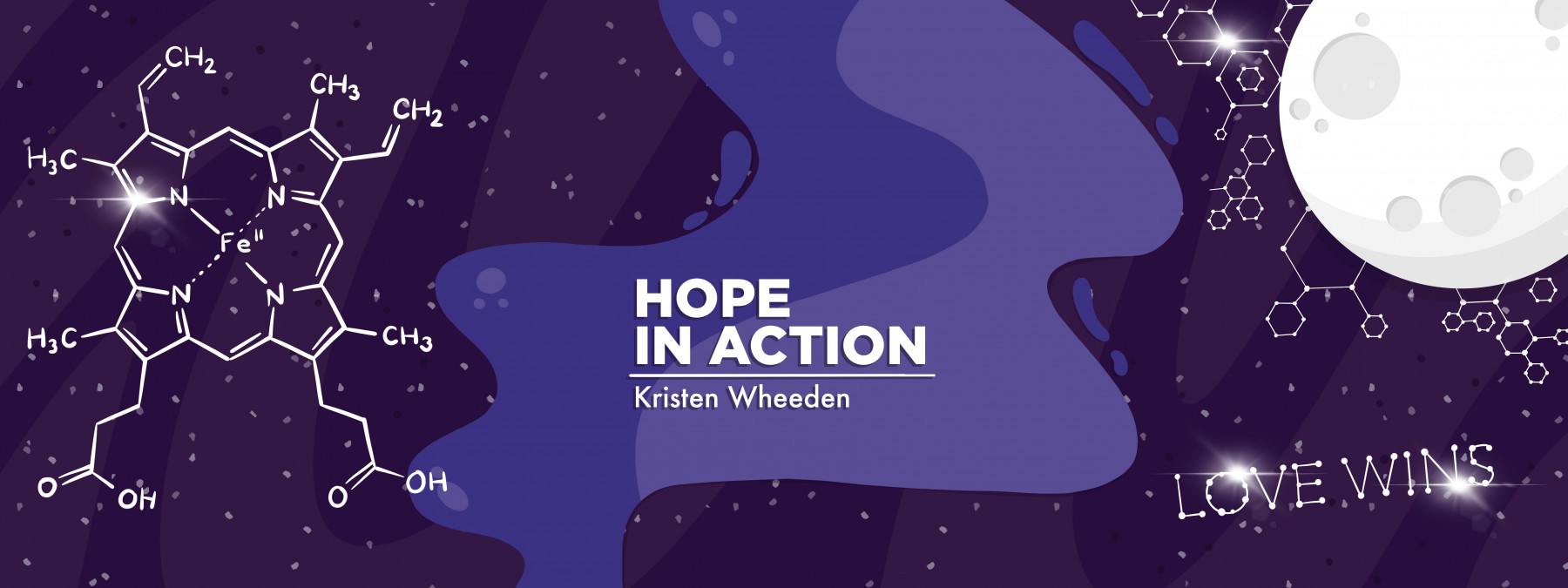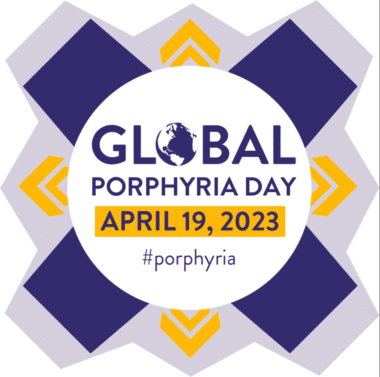How awareness can act as an agent for change for porphyria
Hoping patients raise their voices for Global Porphyria Day on April 19
Written by |

Self-help writer Eckhart Tolle once shared his belief that “awareness is the greatest agent for change.” I hope that’ll be the case as the porphyria community prepares to celebrate its annual awareness initiative on April 19. We have many stories to tell about living with or caring for someone with this rare disease. Sharing our journeys can be an effective way to learn about our collective experience and put porphyria on the global stage.
As a mom of a child with erythropoietic protoporphyria, I feel it’s important to talk about our personal journey. It’s also critical to help my son learn to advocate for himself and act as his own agent for change.
This year’s Global Porphyria Day will honor the patient experience with the theme “This is #MyPorphyria.” The goal is to highlight each patient’s personal account of the neurovisceral attacks of acute hepatic porphyria and the phototoxic reactions of the cutaneous porphyrias.
As part of the campaign, patients will offer messages about the impact this disease has had on their physical and emotional health.

The 2023 Global Porphyria Day graphic. (Courtesy of the United Porphyrias Association)
Medical definitions and patient stories
I’ve often heard from patients that the medical descriptions of porphyria are antiseptic compared with how it really feels. It’s no wonder that a doctor may not recognize porphyria when the symptoms are often invisible, especially if they’re significantly decreased by the time the patient meets with a doctor. Further awareness might give healthcare professionals more motivation to think of porphyria as a potential diagnosis earlier in a patient’s odyssey.
Various resources share medical and educational information about rare diseases while patients provide heart-rending journeys of how porphyria feels. The combination makes for eye-opening disease awareness.
Below, disease definitions taken from a Porphyria News resource page are combined with patient perspectives, all offered to me through texts, to highlight the need for greater awareness.
Acute hepatic porphyria (AHP), for example, is characterized by “sudden and potentially severe attacks, whose symptoms develop over hours to days and may last for days to weeks.” Katherine Cruz, an AHP patient, described an attack as “a pain like no other. It is intense pain, and it feels as though your body is not going to make it through or even recover. It is unbearable. I’d rather give birth to more children than to suffer the pain of an attack.”
Erythropoietic protoporphyria (EPP) and X-linked protoporphyria are both conditions that are “marked by skin hypersensitivity to sunlight and to some types of artificial light, like fluorescent lights.” Rob Saupe, an EPP patient, told me a phototoxic reaction feels like “boiling sulfuric acid trapped under my skin, causing horrific pain.”
Porphyria cutanea tarda (PCT) “is characterized by sunlight sensitivity that leads to the formation of painful skin lesions and blistering in sun-exposed areas.” Denise Montes, who has PCT, wrote that “blisters are embarrassing and take forever to heal. They are also very fragile.”
Congenital erythropoietic porphyria (CEP) is characterized by “severe light sensitivity and subsequent infections that can lead to the loss of fingers and facial features.” Megan Dunn, a caregiver of her 6-year-old daughter with CEP, Adeline, told me that her daughter describes being hit by the sun’s rays as “like bees sting me” or “hot burning Cheetos” on her skin.
Waiting for the day
On April 19, patients are asked to lift up their voices with their own stories.
I can’t wait to see the myriad patient descriptions. If even one doctor recognizes a new patient as having porphyria, or if any patient feels less alone with this disease, then our effort will be worthwhile.
Join us by sharing your story and becoming an agent for change with the “This is #MyPorphyria” campaign on the Porphyria Together Facebook page, or through any medium available to you.
Note: Porphyria News is strictly a news and information website about the disease. It does not provide medical advice, diagnosis, or treatment. This content is not intended to be a substitute for professional medical advice, diagnosis, or treatment. Always seek the advice of your physician or other qualified health provider with any questions you may have regarding a medical condition. Never disregard professional medical advice or delay in seeking it because of something you have read on this website. The opinions expressed in this column are not those of Porphyria News or its parent company, Bionews, and are intended to spark discussion about issues pertaining to porphyria.







Leave a comment
Fill in the required fields to post. Your email address will not be published.